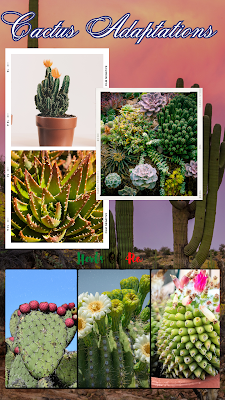Rooibos (pronounced 'roy-bos tea' -- Afrikaans for 'red bush tea') Red Tea comes from South Africa. Long known as the land of long white sandy beaches, lots of wild animals, picturesque landscapes, breathtaking vistas and awe inspiring mountain
Where does Rooibos come from: Originally only grown wild in the Cederberg Mountains in the semi-desert Western Cape of South Africa, Rooibos (or Africa Red Tea) -- is naturally green but gets its deep red colour and rich flavour from fermentation similar to that of green tea processed to make black tea. Green Rooibos still retains much of its 'grassy' green colour and natural taste. Today although still grown in the same region of the Cape it is now cultivated on large tea plantations for the mass market, although there are still some 'artisinal farms' producing organic and natural long-cut varieties. Attempts at growing the tea in other countries or regions have thus far all failed as the Rooibos bush seems to only thrive in the dry and often harsh semi-desert conditions of the Cederberg Mountains. The South African Tea Council has also applied for protection of the Rooibos name, much like champagne can't be called real champagne unless from the Champagne region of France, as also for Cognac, mustard etc.
History of Rooibos from South Africa: Unlike Green Tea originally from China, Rooibos has a relatively new history dating back only a few hundred years and in fact in Europe just over a century. In 1772 botanist Carl Thunberg was the first Westerner to officially discover the Rooibos bush growing wild, although the indigenous Khoisan who roamed the Kalahari planes were well aware of the remarkable health benefits as they had been brewing it for centuries. The early Huguenot settlers to the Cape from Europe (Belgium, Holland and France) adopted Rooibos instead of expensive black tea from Europe. As did the early English settlers, who used the Cape as 'half-way' mark between Europe and the Far East. Russian immigrant Benjamin Ginsberg, first recognised the potential to commercialise the tea in 1904, when he became the first to trade it from the Bushmen and also started its cultivation in special 'Rooibos farms'. Recently Rooibos has even become popular on TV shows like 'The No.1 Ladies' Detective Agency' novel s screened by the BBC - with the protagonist a stereotypical South African detective who only drinks Rooibos tea all day long.
Rooibos red packed full of tea health benefits: African red tea is full of natural powerful antioxidants such as such as aspalathin and nothofagin, plus key minerals. Rooibos also contains a number of phenolic compounds, including flavanols, flavones, flavanones, as well as dihydrochalcones. Amongst the long list of health benefits this African red tea is purported to assist with nervous tension, allergies and digestive problems. Traditional medicinal uses of Rooibos in South Africa include alleviating infantile colic, allergies, asthma and dermatological problems, and even used for treating acne. A recent study performed by premier Japanese scientists into red tea benefits even suggests that Rooibos tea is beneficial in the treatment of acne. This is due to levels of alpha hydroxy acid, zinc and superoxide dismutase present in this herb. It must be noted that although research is not as extensive as for green tea, due to the fact that this tea has only become popular outside of South Africa since the early 1990's -- all new research seems to be confirming what many South Africa's have known for centuries -- Rooibos is good for you! Unlike green tea it has absolutely no caffeine and is very low in tannins, so all round a very healthy beverage -- so much so that it is often bottle fed to babies, which explains why many South Africans are so addicted to it!
How to make red bush tea: Before you run off and buy your Rooibos tea or run off to the kitchen to make another cup of this African red tea if you already have some, maybe it is good to remember how best to make it. You don't want to waste a good speciality tea by making it badly! And also consider that all Rooibos teas are not created equal, so choose wisely and drink slowly. From loose leaf tea, to organic tea, to rare long cut, and single estate, Rooibos has arrived as a premium herbal tea in the world. Life is too short to rush through a wonderful cup of tea! In South Africa it is common to drink Rooibos tea with milk and often honey, prepared similar to black tea in England, but to fully appreciate the tea it is best drunk black. The tea has a unique taste experience: an inviting vanilla aroma, woody flavours and a sweet, mild, fruity taste. If that's not enough to make you thirsty, then I don't know!
Sean Farrell is the founder of Chateau Rouge Teas, passionate foodie and keen cyclist. Born in South Africa he knows a thing or two about Rooibos. Would you like to learn more about tea? Discover some lesser known varieties, sign-up for FREE reports and discounts => http://chateaurouge.co.uk/rooibos
Article Source: http://EzineArticles.com/?expert=Sean_F_Farrell


Comments